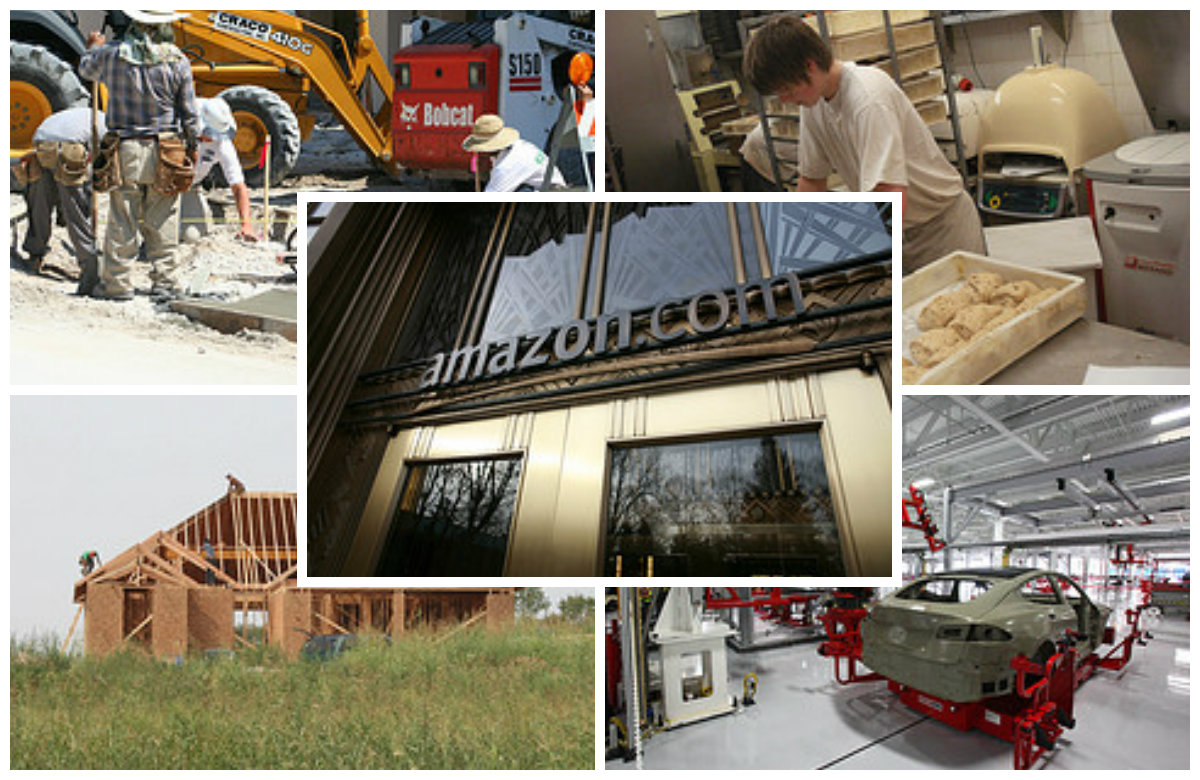9.11: Why It Matters- Production and Costs
- Page ID
- 48392
Why analyze the relationship between inputs used in production, and the resulting outputs and costs?

We are changing gears in this module, which is the first of five dealing with the theory of the firm. The theory of the firm seeks to understand what motivates firms to make the operating decisions that they do. This module, focusing on production and costs (the cost of producing a given quantity of output), provides the necessary background information to do that.
This module has a lot of detail, tables and graphs, but there are really two main key takeaways:
- There are several different ways to look at production and costs, just like there are several different ways to look at a student’s learning in a course. Students can be asked to write an essay or do a class presentation on a topic. These are two ways of trying to assess the same thing, student learning.
- There is an inverse relationship between production and costs. The harder it is to produce something, for example, the more labor it takes, the higher the cost of producing it, and vice versa.
Watch It
As production of cars increased, the cost of producing them (and thus the price charged to customers) decreased dramatically. Watch this video to learn more.
This module is very detail-oriented. The graphs you will encounter are important because they’ll help you keep the different concepts, like production versus costs or different types of cost, straight. Keep track of what’s on the horizontal and vertical axis and you’ll know what’s going on. If employment (or L) is on the horizontal axis, you’re looking at some kind of a production curve. If output (or Q) is on the horizontal axis, you’re looking at some kind of cost curve.
Students sometimes misunderstand the concept of technology. In an economics context, technology does not mean high tech, or having to do with computers or the internet. Rather, technology means the way, the process by which inputs are used to produce outputs. A different process means a different technology.
Here are some questions to think about: How does an improvement in technology affect production and costs? How, for example, would it affect the graphs? We will answer this at the end of the module, once you have the tools.
One more thing: do not confuse cost with price. This module is about firms. From the firm’s perspective, cost is what they pay for the inputs necessary to produce the product. Price is what the firm receives for selling the product. Thus, cost is a negative and price is positive; they are not the same thing.
Contributors and Attributions
- Why It Matters: Production. Authored by: Steven Greenlaw and Lumen Learning. License: CC BY: Attribution
- Production Interactive. Authored by: Clark Aldrich and Lumen Learning. License: CC BY: Attribution
- Video: Making Cars Affordable. Provided by: BBC. Located at: https://www.youtube.com/watch?v=iD6mOxILbjQ. License: CC BY-NC-ND: Attribution-NonCommercial-NoDerivatives

